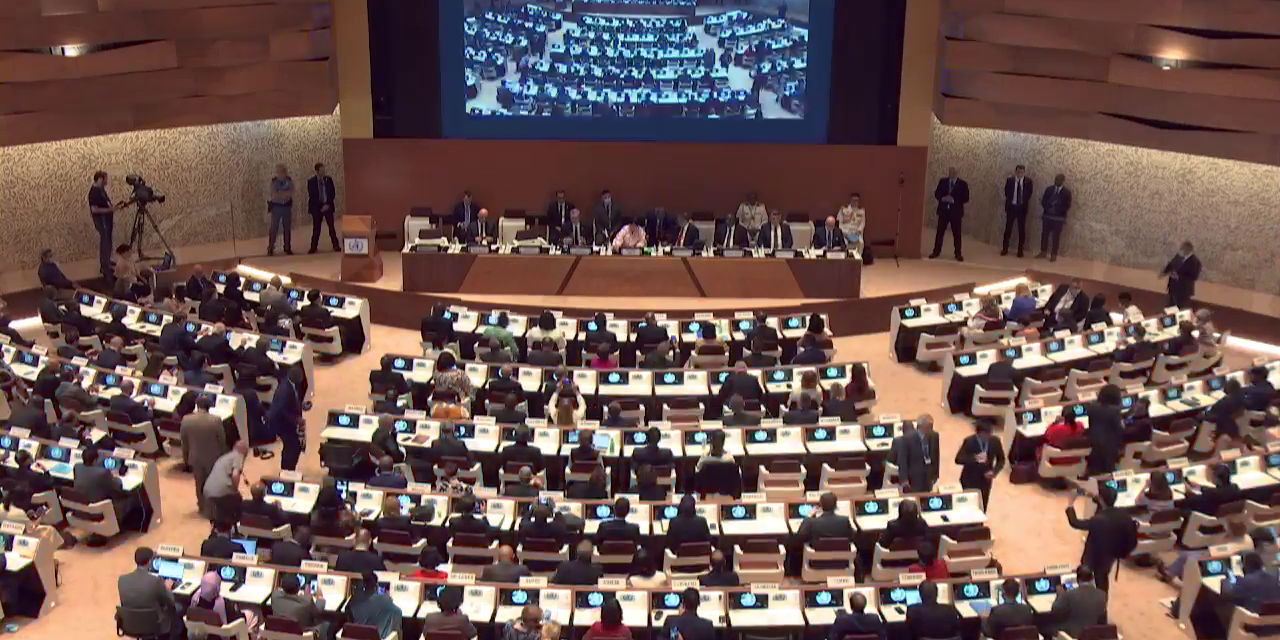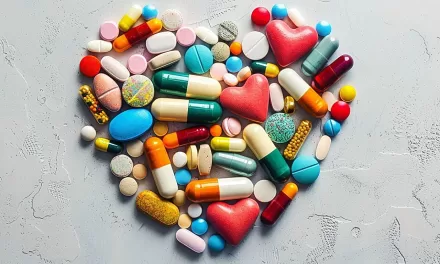The process will advance the management of medical devices with the goal of enhancing access to medical devices; contributing to emergency preparedness and response; and improving patient safety and the quality of health care.
There are currently thousands of types of different medical devices in use, ranging from stethoscopes to complex imaging technologies. The absence of a common standard name for each type of medical device has caused confusion between the various types of devices; affected supply and traceability, and impeded health care delivery.
The survey that informed the latest edition of the WHO global atlas of medical devices indicates that 75 countries do not have an official nomenclature system.
The Secretariat is to report on progress at the 152nd Executive Board.
Links
Priority medical devices information system
International classification of diseases 11th revision
Improving infection, prevention and control
The World Health Assembly also approved a ‘Global Strategy on Infection Prevention and Control’ through a resolution that aims to position IPC as central to infectious hazard and health emergency preparedness and response, and as key to addressing the silent burden of healthcare associated infections (HAIs) and antimicrobial resistance (AMR). It positions IPC in the context of health system strengthening and high-quality care delivery, with the aim of improving patient and health worker safety.
The resolution, which comes at a time when COVID-19 has vividly demonstrated the critical role of good IPC in keeping people safe, provides 13 recommendations to Member States. These range from including IPC as a key component in global health emergency preparedness, prevention and response, to ensuring sustainable IPC programmes and WASH infrastructures and resources at the national, sub-national and health-care facility level in all countries.
Earlier this week, WHO issued the first ever global report on infection, prevention and control, noting that in low and middle-income countries, 15 of every 100 people visiting a healthcare facility will leave it with a new infection, and estimating that half the world’s health facilities lack basic water supplies. The report provides a global situation analysis of how IPC programmes are being implemented in countries around the world. It also highlights harm to patients and health workers caused by HIAs and AMR; addresses the impact and cost-effectiveness of IPC programmes; and suggests strategies, resources and key priorities to countries for IPC improvement.
Links:
Draft resolution: Global strategy on infection prevention and control
Infection prevention and control
Global Strategies for HIV, viral hepatitis and sexually transmitted infections
In the final discussion of the World Health Assembly, Member States noted with appreciation new Global Health Sector Strategies for HIV, viral hepatitis and sexually transmitted infections for the period 2022-2030.
The global health sector strategies aim to reignite momentum in the responses to these diseases that had been eroded by disruptions to services during the COVID-19 pandemic. They set out to simultaneously strengthen responses to specific diseases while increasingly integrating them into broader health frameworks and taking opportunities, where feasible, to increase impact by addressing aspects of the diseases jointly.
The strategies call for a more precise focus to reach the people who are most affected and most at risk for each disease, and to address inequities. They promote synergies under a universal health coverage and primary health care framework. They also outline actions to identify and manage future outbreaks of HIV, viral hepatitis and sexually transmitted infections, as well as other emerging health threats, as these arise.
HIV, viral hepatitis and sexually transmitted infections present ongoing and persistent public health challenges and combined, are responsible for 2.3 million deaths and are associated with 1.2 million cases of cancer each year.
Links












